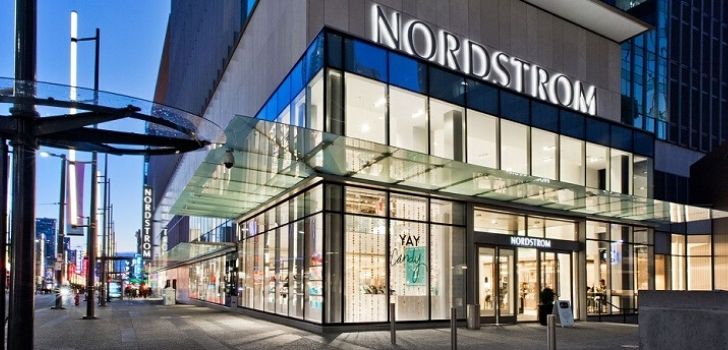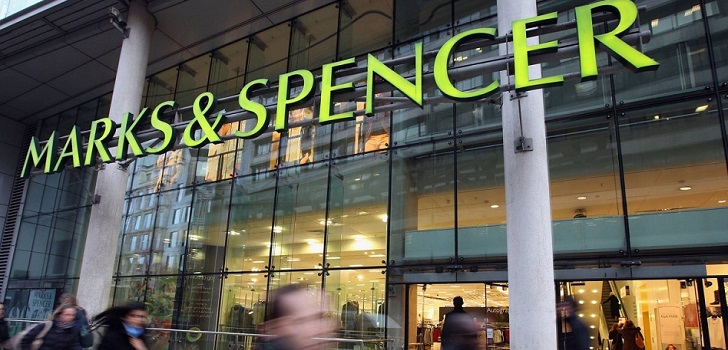Department stores in a post-apocalyptic era: what’s next?
Amidst a retail apocalypse, department stores that used to be acclaimed, now stand at the other end of the fence with the consumer paving the new path of department stores.

Department stores struggle to keep their heads above the water, being as the retail sector faced and continues to face in certain aspects major alterations in terms of store closures. The digital era hasn’t just impacted consumer behavior, but it has also influenced the way department chains now strategies. These veteran style stores have ended up restricting their shops to adapt to new trends along with the varied demands concerning price, speediness, and channel styles from the end customer. The new movement to contribute experience and personalization has become the prime interest of the consumer.
Nordstrom
The American chain of luxury department stores has adapted a model which focuses on adjusting to the consumer’s needs and new behavior. Nordstrom, for example, has relocated its bars and cafes closer to the merchandising area, striving to blur the lines between shopping and restaurants’ experiences. By doing this, the department store subtly combines both activities as one practice.
The department store chain ended its third quarter in 2019 with a revenue of 3,6 billion dollars, a slight decrease in comparison to the same period from the previous year which stood at, 3.6 billion dollars. The company ended its first nine months of 2019 with sales reaching 10.7 billion dollars, a fall from the previous first nine months of 2018, which has reached sales of 11.1 billion dollars. The drop in sales did not hamper the group’s plans for future openings, in fact, it added four more stores to its collection in the US, two as US Nordstrom and the other under the Nordstrom Local.
Macy’s
“We have confidence in our holiday strategies. The Macy’s, Bloomingdales and Bluemercury teams are aligned and committed to delivering a great experience for our customers in our stores, on our digital sites and through our mobile apps,” said Macy’s in its third quarter financial report of 2019.
Macy’s holding group had announced back in 2016, that it planned on shuttering 100 stores, which the company has been progressively doing by not renewing expiring leases. The luxury chain group announced that it will be closing around 30 stores in an effort to boost its profitability and concentrate on its most profitable stores.
The American group has been working on enhancing its digital properties, including mobile to promote, both online sales and drive in-store activity. More on improvements, Macy’s will disclose detailed views of its omnichannel growth strategies on February 5, 2020, also known as Investor Day.
Amongst the approaches that the company is planning to execute, it also prognosticates the arrival of new customers into the brand, and an update on their productivity program that they shared back in September, which will also touch on its supply chain transformation.
According to Macy’s guidance, the net sales of its fiscal year of 2019 were down from 2.5% to 2.0%, landing its third-quarter revenue of 2019 at 5.2 billion dollars, a decline in comparison to the earnings of the same period in 2018, which was 5.4 billion dollars.
Debenhams
British retailer Debenhams, recently announced the closure of 19 stores, as part of a closure strategy that the then owners of the group had announced back in April last year. The strategy itself is meant to ensure the future of the department store chain, which follows the concept of focusing on stores that perform best and striving for key locations for their customers.
“We are working hard to implement the transformation of Debenhams; despite a challenging retail environment, thanks to our colleagues’ hard work and our investor group’s commitment we are progressing with our turnaround,” stated Debenhams chief executive officer, Stefaan Vansteenkiste, to The Guardian.
The veteran British retailer has also been adjusting its executives. Debenhams recently named former finance director of House of Fraser, Mark Gifford, and the former Argos boss John Walden to its board.

Marks&Spencer
Another British retailer who has been experiencing the changes occurring in the retail industry is Marks & Spencer, one of the UK’s oldest multinational retailers similarly had to adapt its launches to new consumer behavior and trends. Marks & Spencer (M&S) rides the athleisure wave. The British department store started 2020 with the launch of its new sportswear collection to revert its fashion business, according to The Guardian.
It is a timely moment for M&S to join the athleisure business, since last year, the leggings’ sector was the area that progressed the most among apparel. The growth of athleisure is partly due to the increasing evolution of the practice of sports among women. M&S holds 852 stores in the United Kingdom, as well as in India, Turkey, Russia, Greece, Ireland, and France, among others.
The closures of department stores arrive at a time of crisis in which fashion retailers who haven’t been able to adapt to the new models of fashion consumption end up drowning. The ones who have, however, on one hand, have either shrunken or closed some of their stores to re-open new innovative designs that mirror today’s new trends and lifestyle of the new consumer. It is true that shops need shoppers, however, today’s shoppers have nothing to do with the consumer from ten years ago. The new consumer, seeks experience, speediness, personalization, which is the reason why department stores such as Nordstrom have applied before-mentioned elements into their new settings and models. Macy’s is willing to strengthen its online channel to better adapt to its customers’ buying habits. Marks & Spencer, is following the thread of trends by hopping into the booming business of athleisure.


info@themds.com
Validation policy for comments:
MDS does not perform prior verification for the publication of comments. However, to prevent anonymous comments from affecting the rights of third parties without the ability to reply, all comments require a valid email address, which won’t be visible or shared.
Enter your name and email address to be able to comment on this news: once you click on the link you will find within your verification email, your comment will be published.